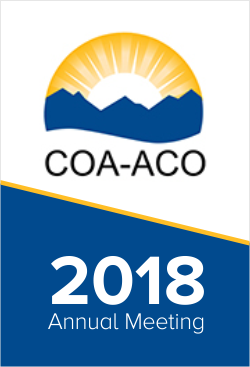
COA-ACO2018: Ketotifen fumarate vs. placebo for joint contracture after elbow fracture/dislocation

COA-ACO2018: Ketotifen fumarate vs. placebo for joint contracture after elbow fracture/dislocation
Randomized, Placebo-Controlled Clinical Trial Evaluating Ketotifen Fumarate in Reduction of Posttraumatic Elbow Joint Contracture
Did you know you're eligible to earn 0.5 CME credits for reading this report? Click Here
CONFERENCE ACE REPORTS
This ACE Report is a summary of a conference presentation or abstract. The information provided has limited the ability to provide an accurate assessment of the risk of bias or the overall quality. Please interpret the results with caution as trials may be in progress and select results may have been presented.
Synopsis
152 patients with an elbow dislocation, distal humerus fracture or proximal radius fracture, with or without concomitant ulna fracture, were randomized to either oral ketotifen fumarate or lactose placebo. Patients were assessed at 12 weeks post-injury for elbow range of motion in flexion-extension, the Disabilities of the Arm Shoulder, and Hand (DASH) questionnaire, incidence of complications, an...
To view the full content, login to your account,
or start your 30-day FREE Trial today.
FREE TRIAL
LOGIN
Forgot Password?
Explore some of our unlocked ACE Reports below!

Learn about our AI Driven
High Impact Search Feature
Our AI driven High Impact metric calculates the impact an article will have by considering both the publishing journal and the content of the article itself. Built using the latest advances in natural language processing, OE High Impact predicts an article’s future number of citations better than impact factor alone.
Continue



 LOGIN
LOGIN

Join the Conversation
Please Login or Join to leave comments.